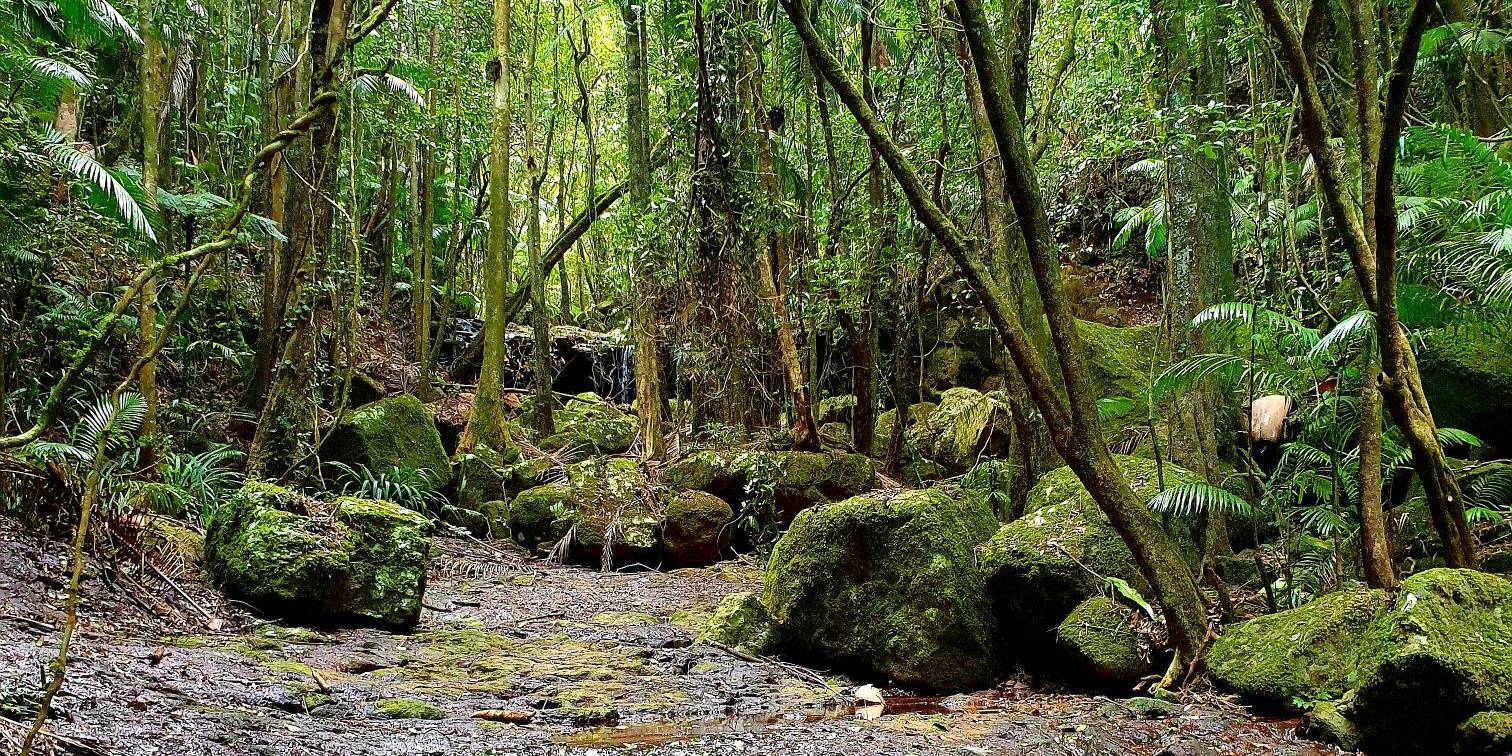Key points
- The coast is the area between the land and sea. It contains diverse landforms such as headlands, beaches, lagoons, estuaries and many unique ecosystems.
- Over 85% of the population of NSW live within 50 km of the coast. The NSW coast provides us with environmental, social, cultural and economic benefits. These benefits rely on the quality of our coastal areas.
- The NSW coast is highly vulnerable to climate change. Many NSW coastal areas already experience some flooding during higher tides. Climate change is projected to make this flooding more common and more severe as well as cause permanent flooding (inundation) of low-lying areas.
- Climate change will also increase coastal erosion and the recession of most sandy beaches (where beaches will move further inland). These changes will damage coastal ecosystems, infrastructure and industries.
- The NSW government is adapting to climate change in coastal areas through the Coastal Management Framework, research and new technologies, and community education and engagement.
The importance of the coast in NSW
NSW includes 1590 km of coastline and around 900 beaches, which have immense environmental, social, cultural and economic value.
The coastline includes stretches of sandy beach and dune systems separated by headlands and backed by extensive and diverse estuarine waterways.
These landforms have been shaped by the gradual processes of waves, tides and ocean currents. They support diverse and important ecosystems including temperate reefs, sandy nearshore and beach environments, seagrasses and mangroves.
The NSW coast is of critical importance to our economy, with jobs and industries such as commercial fishing, aquaculture and tourism.
NSW has a large coastal fishery and aquaculture industry. These industries depend on healthy coastal ecosystems which support commercial seafood species for all or some of their life cycles.
The NSW coast has important cultural values and is very important to local Aboriginal peoples. It provides important places for cultural activities such as gathering, fishing and connecting to country and contains many sites of cultural significance.
The NSW coast offers a range of social and recreational values by providing places for people to relax, connect with nature and each other, and enjoy activities such as fishing, walking, surfing and swimming.
Tourists from across Australia and the world are attracted to NSW’s beaches and coastal areas. Damage to these areas will impact tourism businesses and the state’s economy.
How the coast is affected by climate change in NSW
Climate change is having a significant effect on the NSW coast in several ways. Effects include sea level rise, warming ocean temperatures, ocean acidification, changes to rainfall and runoff, and more extreme weather events such as severe east coast lows.
These changes will affect coastal landforms and ecosystems including oceans, beaches, estuaries, lagoons and rivers. Damages and changes to these areas will in turn affect:
- coastal development and infrastructure
- habitats and wildlife
- coastal communities
- social and cultural activities
- coastal industries such as fishing, agriculture and tourism.
Sea level rise
Sea level rise affects coasts by increasing flooding and erosion, shifting sand and beaches, and changing the water quality of estuaries, lagoons and coastal lakes.
Sea level rise is causing higher, more extensive and more frequent flooding (inundation) of estuaries and nearby low-lying areas in NSW. Some low-lying areas are likely to be permanently inundated with increasing sea levels.
Many developments along the NSW coast are at risk from inundation and erosion as a result of sea level rise. For example, around 74,700 properties – as well as many kilometres of roads and other infrastructure – will experience at least some inundation during a major storm event with 1m of sea level rise. Sea levels are projected to rise by 0.21 to 1.06 metres by 2100.
The highest risk occurs in estuaries, where considerable development has occurred in low-lying areas. In some of these areas, tidal inundation is occurring more frequently and the number of days with some inundation of low-lying streets has more than doubled over the last few decades.
The impacts of sea level rise will be exacerbated by the more extreme weather events also caused by climate change. Increased ocean water levels during storms are almost certain to result in more frequent coastal inundation, higher wave run-up levels, higher water levels in lakes and estuaries and more flooding in coastal rivers.
Rising sea levels, saline intrusion and coastal erosion are likely to damage coastal ecosystems. Many coastal areas are important habitats for species important to the food web, as well as the juveniles of many marine and land species. Damage to these habitats will therefore have major effects on our environment and on industries that rely on it, such as fishing.
Sea level rise will increase the water heights of coastal rivers and estuaries, some of which extend inland far from the ocean. This will exacerbate riverine flooding, which is a major problem in NSW. It will also damage habitats and push saltwater further upstream, affecting the people and wildlife that depend on these water sources.
Changes to rainfall, runoff and extreme weather events
Climate change is affecting how often rainfall and storm events occur and how intense they are.
The likelihood of extreme weather events such as heavy rainfall are increasing. In terms of east coast lows, which are the main cause of major erosion and flooding along the NSW coast, climate modelling predicts there may be more extreme lows in the warmer months, and fewer small to moderate lows in the cooler months.
When combined with sea level rise, these changes are likely to cause more frequent and severe flooding. Low-lying coastal areas are most at risk, including infrastructure, houses and developments along coasts, rivers and estuaries.
Climate change projections show tropical cyclones are likely to occur further south. This will increase the risk of significant impact on the northern NSW coast, with cyclones leading to increased erosion, coastal flooding and more risk of storm surges.
Adapting to changes on the coast in NSW
The most effective way of limiting the impacts of climate change on the NSW coast is to reduce carbon dioxide emissions.
However, it is crucial to understand that some level of impact, particularly from processes like sea level rise, is already locked in. Adaptation planning is critical to best manage impacts.
CoastAdapt identifies adaptation options for:
- planning
- engineering
- ecosystem management
- social community
- education measures.
The NSW Government's Net Zero Plan explains how the NSW Government aims to reduce NSW’s carbon emissions to limit climate change.
The NSW Coastal management framework is the primary way we manage coastal hazards, including sea level rise. It includes the:
- Coastal Management Act 2016
- State Environmental Planning Policy (Coastal Management) 2018
- NSW Coastal Management Manual
- Australian Coastal Councils
- Coastal and Estuary Grants Program.
NSW government resources include a toolkit with information and guidance for councils.
Local councils play a key role in the coastal management program preparing coastal management plans, which identify coastal issues and what can be done to manage them. These plans are a useful way for councils to identify and plan for climate change impacts in their regions.
More research and new technologies can help understand how climate change may affect the NSW coast, and what we can do to prepare for and respond to the impacts of climate change.
Sonar and lasers can be used to map the shape and depth of estuaries, coastal waterbodies and the seabed. This enables the use of computer modelling that helps predict how sea level rise and changes to wave direction may affect coasts.
Raising awareness of sea level rise impacts in coastal communities is an important part of adapting.
People can also get involved in helping understand and manage the NSW coast by using the CoastSnap app. This citizen science app adds your photographs of the NSW coast to a database to help map changes in the shoreline.
Related information
Coasts – NSW Department of Planning and Environment
Coastal Management Toolkit - NSW Department of Planning and Environment
OzCoasts - CSIRO and Geoscience Australia
Welcome to Sea Country - NSW Department of Primary Industries
SEED database - NSW Government
Case studies

The NSW Government has created the first holistic adaptation plan to protect a World Heritage rainforest from climate change impacts – and now ground-breaking genetic science is giving some rare and threatened species a helping hand to adapt and evolve.

When a eucalypt tree can live for hundreds of years, revegetation programs must look far into the future due to Australia’s rapidly changing climate.
The Dawkins Park windmill provides renewable energy, improves water quality and is a symbol for the environmental and educational precinct.
